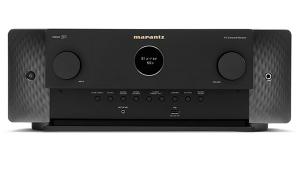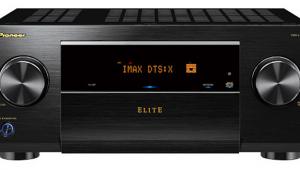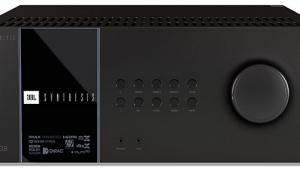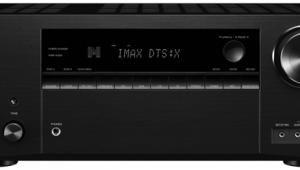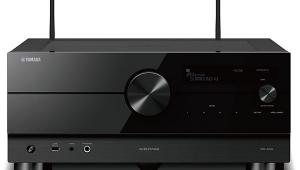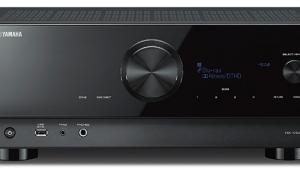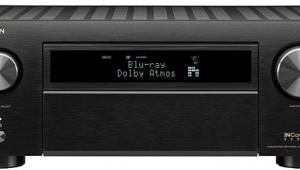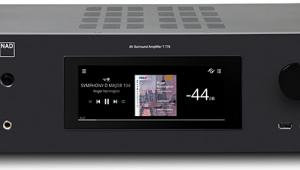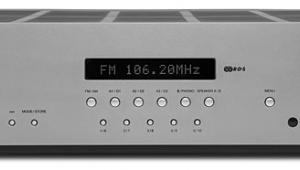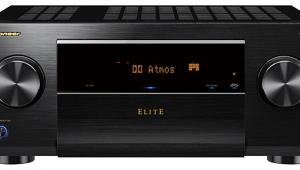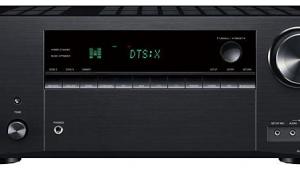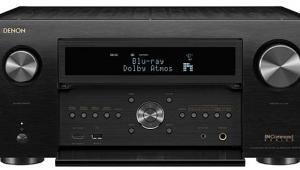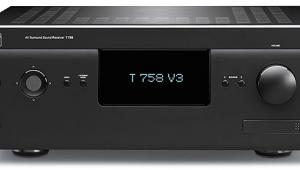Pioneer Elite SC-61 A/V Receiver
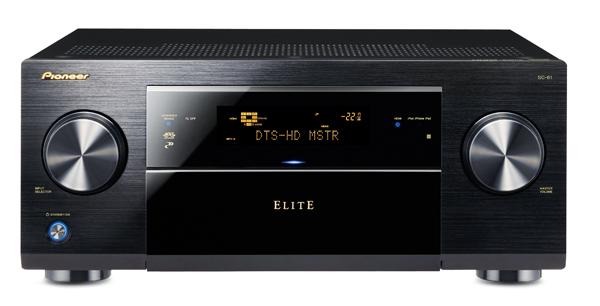
Someday I will be able to review a Class D receiver without mentioning this up-and-coming amplifier technology in the lead. That day hasn’t come yet and probably won’t in the next few years. But I can see it shimmering on the horizon.
Class D has been steadily infiltrating Pioneer’s upper-crust Elite line since 2008 and now accounts for five of the line’s seven models. With the SC-61, reviewed here, the latest version of the technology—which Pioneer calls D3—has come down in price to as little as $1,100. That’s a far cry from the $7,000 Pioneer charged for its first-ever Class D model five years ago. Pioneer still uses only conventional Class AB amps in its lower-priced plain-old-Pioneer line. And with rare exceptions, Class AB still rules in the audio/video receivers of most other manufacturers—largely because most of them haven’t invested as much in Class D as Pioneer. But seeing the technology come this far in the offerings of a major brand is a bit of an eyebrow raiser. In a good way!
What does Class D matter? Until now, its main attraction has been energy efficiency: Class D amplifiers dissipate less energy in the form of heat. That’s because they don’t keep their output stages biased on when there is no signal, as Class A and AB amps do. Instead, their output stages are only energized when the signal so demands. When idling, they use very little power—but when the all-channel action-flick effects kick in, or a symphonic score sends the guy at the tympani into a percussive frenzy, a well-designed Class D amp can handle the intensified load with relative ease (assuming an appropriate choice of speakers).
Energy efficiency isn’t the only attraction of D3. Assuming equivalent power-supply capacity, its efficiency also has the potential to improve sound quality, specifically in bass output and wider dynamics. And that’s where D3 shines, as I discovered when reviewing the SC-61’s big brother, the SC-68. Dollar for dollar and pound for pound, D3 can potentially drive more demanding loads, expanding the range of speakers you might consider using in your system. Is there a sonic price? Class D amps are generally thought to have a less nuanced top end than more conventional and less efficient amps. However—and this is the breakthrough here—in listening to both the SC-61 and the SC-68, I’ve found this distinction marginal, almost nil.
Third Time’s the Charm
D3 is Pioneer’s third generation of Class D products. One of the things that distinguishes D3 from Pioneer’s previous Class D attempts is the involvement of George Martin’s AIR Studios, which evaluated numerous prototypes and helped tweak the result.
The SC-61 is a 7.1-channel model, which means it has seven amp channels. It can support two subwoofers, but they are on a single, monophonic channel. It is rated at 125 watts of continuous power into 8 ohms at 1 kilohertz and 200 watts into 4 ohms. It is specified to drive speakers with nominal impedance ratings down to 4 ohms, not the usual 6-ohm minimum. Note that these ratings are with two channels driven; see our measurements for five- and seven-channel figures. And now, tah-dah, we change the subject, because there’s more to the SC-61 than its amp technology.
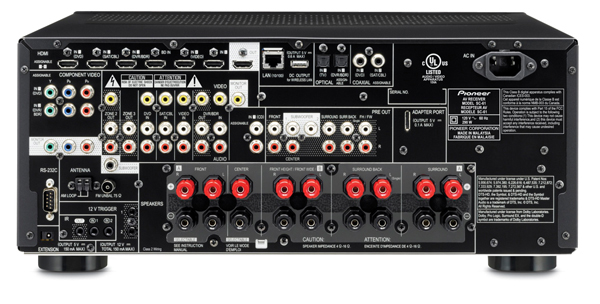
In appearance, the SC-61 is your basic Pioneer, with its distinctive amber front-panel display—which complements the blue LED indicators—flanked by large volume and input dials. Behind a flip-down door is a full set of navigation controls, USB and HDMI inputs, listening-mode buttons, and a quarter-inch headphone jack, among other things. The back panel sports seven HDMI inputs and one output. A quibbler might ask for a second HDMI output, but its component video output can also be used to support a second high-def screen. The graphic user interface is good, the remote control OK.
Above the $1,000 mark—plus $100, in this case—you should expect a pretty full feature set with few if any serious omissions. Nowadays, Apple-approved features are de rigueur, and the SC-61 does not disappoint. It supports AirPlay wireless streaming, and while I hate to repeat myself, I can never say too many times how cool it is to have an iOS device order the receiver to power up, select the AirPlay input, and start playing music. Puts me in a good mood every time. This receiver is “made for” iPad, iPhone, and iPod, so you can plug any of these devices into the USB jack and experience all the joys Saint Steve intended. You can also download the free iControlAV2012 app and use your iThing as the world’s slickest remote control. The app wisely separates basic and advanced functions into different screens. Its cleverest trick is adjustment of front-to-back and side-to-side channel balances via tilting. Once the soundfield is balanced to your preference, you can lock in the settings with the touch of a virtual button. Also offered is a free Air Jam app, which allows up to four iOS devices to make a group playlist and share content through the Bluetooth-connected receiver and a home network.
But Pioneer has not neglected functionality outside the Apple universe. It also supports Bluetooth wireless streaming via the optional AS-BT200 Bluetooth dongle ($99). A Windows 7 PC can stream to the receiver via Windows Media Player if you drag your selections to the right-hand list pane and hit the Play To button. If you’d rather pick tunes from the receiver’s interface, you can use DLNA to find the computers on your home network. Note the plural: Now that I’ve got two desktop machines running during work hours, the receiver detects them both. Other music spigots include Pandora and vTuner Internet radio and SiriusXM satellite radio. It would be awful if the lack of a network connection prevented you from using any of these features—some home layouts might make it hard to string Ethernet to your rack—but this receiver can go Wi-Fi with the addition of the AS-WL300 wireless adapter ($129).

